Petroleum Products
Petrol
In recent years, Petrol has been one of the most significant and primary fuels consumed by humanity. Petrol is a flammable and volatile solution of hydrocarbons derived from petroleum and is used as a fuel for internal combustion engines.
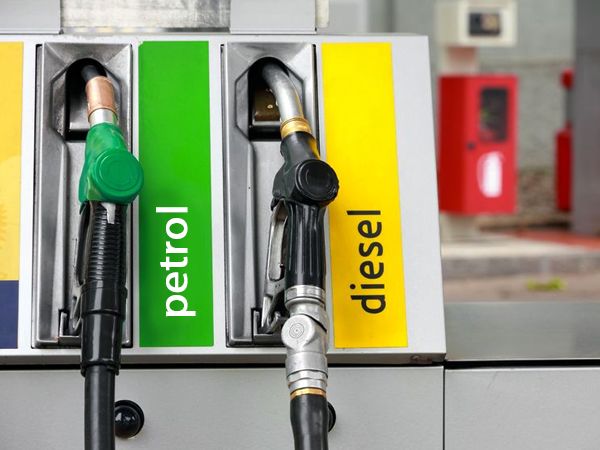
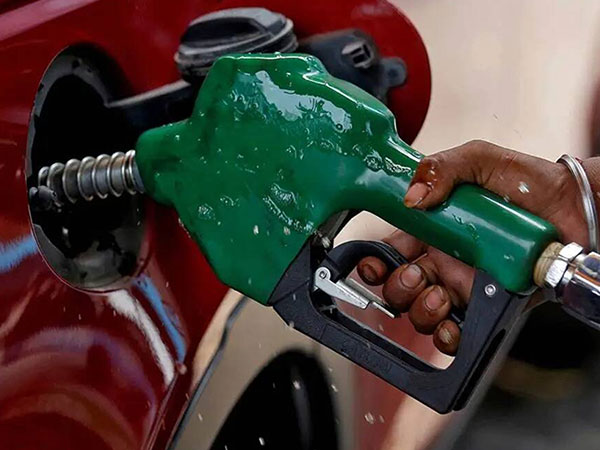
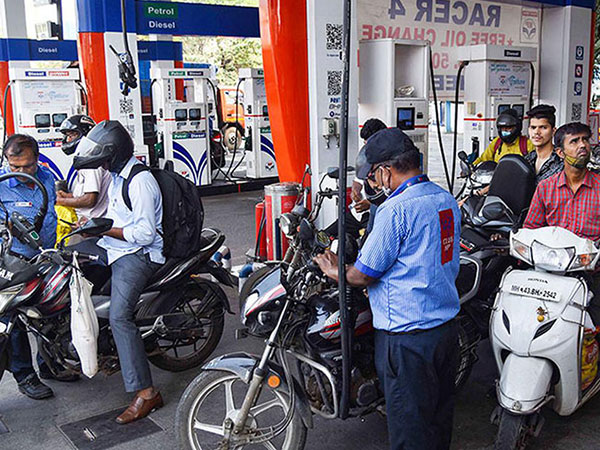
History of Gasoline
This fuel was first called “Benzin” in Germany. Contrary to the opinion of some who think that the name of Petrol or in Germany “Benzin” is derived from Bertha Benz, this name comes from the chemical substance benzene. Before the invention of internal combustion engines in the mid-19th century, Petrol was sold in small bottles to kill lice and their eggs.
The word “Gasoline” was derived from the word gas in 1865. The current spelling of this word was first used in 1871. The shortened form of gas was first recorded in American English in 1905.
The word “petrol” was first used in 1892 as a refined substance and registered under the trade name Kappel & Leonard & Carls.
What is Petrol?
Petrol is a light hydrocarbon obtained from the distillation of other than crude oil, which is the internal fuel of many engines. Petrol is usually obtained from distillation except for crude oil. This process commonly happens in oil refineries due to the complexity of the distillation process. Petrol is a standard fuel for cars due to its high energy in combustion and capacity to combine with air in a carburetor, and it is also used as a solvent for oils and fats.
Petrol Compounds
Petrol is a mixture of petroleum hydrocarbons containing straight, branched, and cycloalkanes containing 5 to 18 carbons, olefins (alkanes), and aromatic hydrocarbons including benzene, toluene, and xylene. Petrol vapors include about 90% alkanes and 2% aromatics (0.9% benzene).
Different Types of Gasoline
In general, types of gasoline are divided into three main categories based on the octane number. Octane number is a measure to determine fuel combustion quality in internal combustion engines. The higher the octane number of petrol, the slower its combustion and the higher the quality of petrol.
- Octane 87 (average): Regular Petrol is petrol’s octane number is 87. The possibility of ignition occurring at the wrong time is high
- Octane 89 (average plus): A type of petrol with an octane number of 89. Here, the octane number is average, generally neither high nor low
- Octane +90 (premium): Here, the octane number is usually 90 and above; therefore, due to the high octane number, the probability of ignition occurring at the wrong time is low.
Iran’s Petrol Types
All the Petrol produced in Iran is lead-free, and it is supplied with two qualities of octane number 95 and above and octane number between 87 and 90. Therefore, two types of super and regular petrol are generally produced in Iran. Both of these are lead-free Petrol, and they are similar to each other in terms of emission standards averageal Petrol in Iran has 87 RON octane numbers, and super petrol is produced with 95 RON octane numbers. So unleaded Petrol with 95 octanes is super petrol, and unleaded Petrol with 87 octanes is average Petrol.
Iranian Petrol Standard
Euro emission standards (from 1 to 6) define the maximum amount allowed f polluting gases from Petrol and diesel fuel emissions fuel. Increasing the number of euros in the fuel standard means applying more strictures. When Petrol and diesel are burned in the car engine, the gas coming out of the car’s exhaust pipe can cause environmental pollution. The better the fuel purification process is, the more impurities are removed from the fuel composition, and accordingly, the fuel standard will be higher.
In Iran, the Euro 4 standard is considered a desirable principle. In most refineries in Iran, fuel is produced according to the Euro 4 standard. Some refineries that have not yet succeeded in creating energy with the Euro 4 standard have proposed plans to make fuel according to the Euro 4 standard.
Iran’s Petrol Export
From the beginning of March 2022 to the end of July, 366 thousand tons of Petrol worth 133 million dollars were exported to four countries. The UAE bought 269,000 tons, Afghanistan 59,000, Iraq 34,000, and Armenia bought 4,000 tons, four countries bought Iranian Petrol in this period. African countries, Syria, and Venezuela are among the surplus Petrol exported.
Iran also exported about 5.3 million liters of Petrol daily in 2021, an average value of 38 cents per liter. In 2021, Iran exported nearly 1 billion 934 million 369 thousand 567 kilos of Petrol, worth 732 million 66 thousand 638 dollars. According to the recorded statistics, the average price of Petrol sold in the last three years has consistently fluctuated between 35 and 38 cents per liter. This value is based on wholesale commercial sales at the origin of production and does not represent the final sale price at the destination. In other words, its total price at the goal with all costs, including loading, warehousing, transportation, insurance, sales profit, money transfer, etc., is not announced.
Petrol Production of Petrochemicals in Iran
Regarding the quality of Petrol produced in Iran’s petrochemicals, the National Petrochemical Industry Company CEO, the petrochemical complex is of international quality.” The deputy minister of oil also emphasized: “In petrochemicals, we have repeatedly announced that because our petrochemicals are up-to-date, the production of Petrol in the petrochemical complex is of international quality.”
We at Iran Petroleum are by your side to supply the highest quality and rarest Iranian Petroleum Products. Our professional consultants will accompany you in this way.

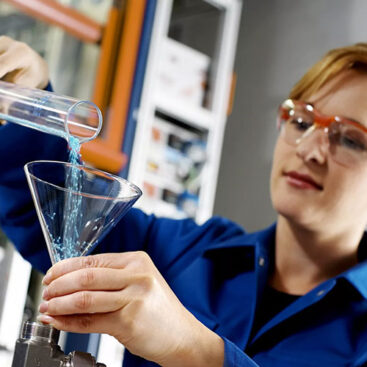
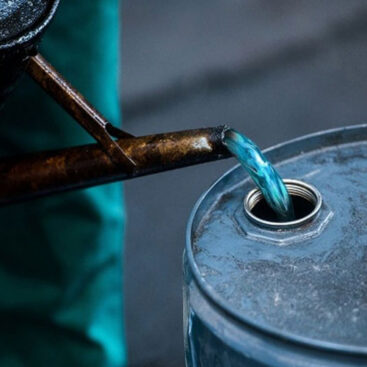
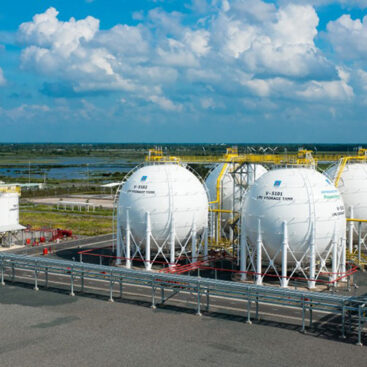
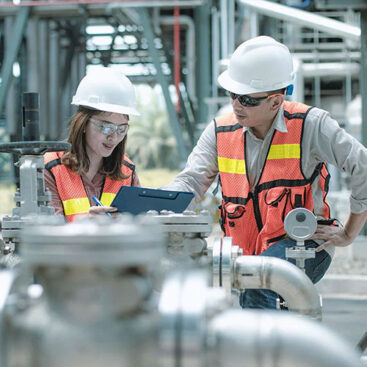
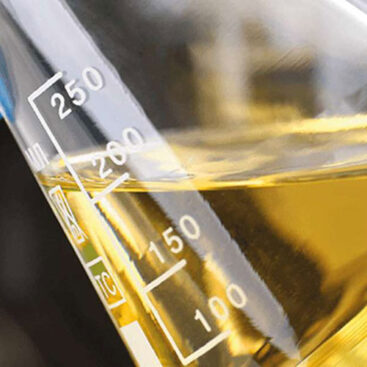
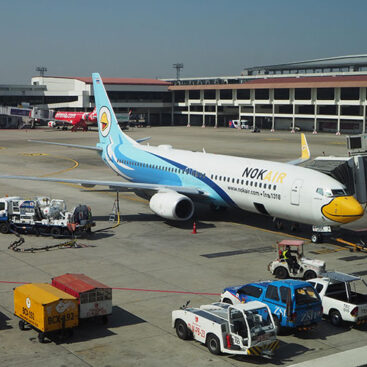
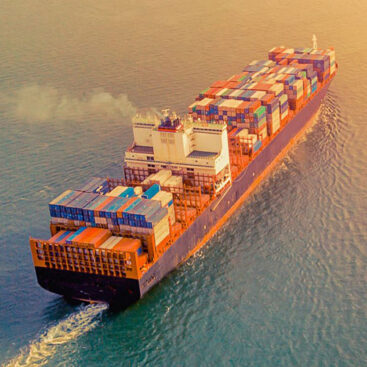
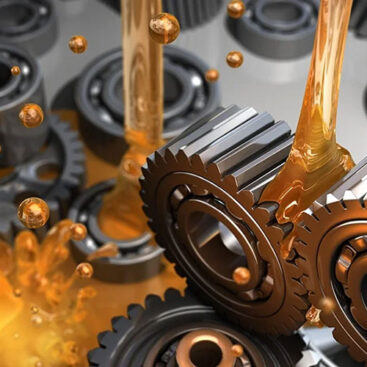
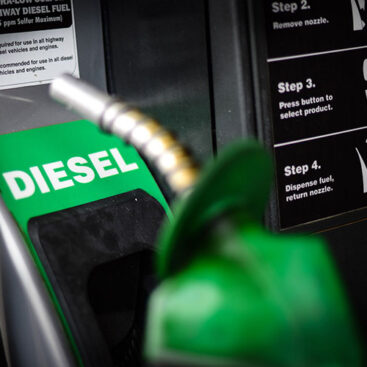
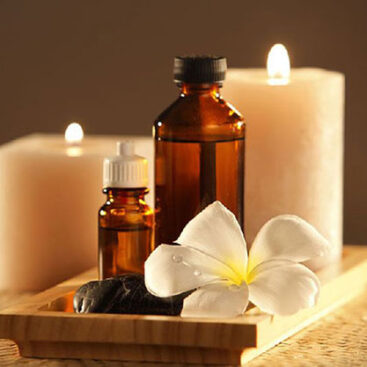
Leave a Reply